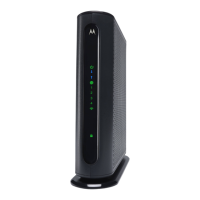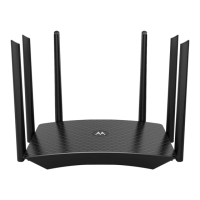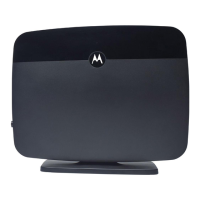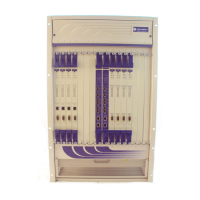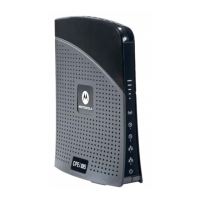Chapter 17
| VLAN Commands
Configuring IEEE 802.1Q Tunneling
– 411 –
Example
Console(config)#dot1q-tunnel system-tunnel-control
Console(config)#
Related Commands
show dot1q-tunnel (413)
show interfaces switchport (305)
dot1q-tunnel tpid This command sets the Tag Protocol Identifier (TPID) value for all ports. Use the no
form to restore the default setting.
Syntax
dot1q-tunnel tpid tpid
no dot1q-tunnel tpid
tpid – Sets the ethertype value for 802.1Q encapsulation. This identifier is
used to select a nonstandard 2-byte ethertype to identify 802.1Q tagged
frames. The standard ethertype value is 0x8100. (Range: 0800-FFFF
hexadecimal)
Default Setting
0x8100
Command Mode
Global Configuration
Command Usage
◆ Use the dot1q-tunnel tpid command to set a custom 802.1Q ethertype value
on all ports. This feature allows the switch to interoperate with third-party
switches that do not use the standard 0x8100 ethertype to identify 802.1Q-
tagged frames. For example, 0x1234 is set as the custom 802.1Q ethertype on a
trunk port, incoming frames containing that ethertype are assigned to the
VLAN contained in the tag following the ethertype field, as they would be with
a standard 802.1Q trunk. Frames arriving on the port containing any other
ethertype are looked upon as untagged frames, and assigned to the native
VLAN of that port.
◆ The specified ethertype is set for all ports, including Uplink and Access tunnel
ports (using the switchport dot1q-tunnel mode command), as well as normal
ports that are not participating in any tunnel. However, the specified ethertype
is only processed for ports configured in Uplink mode. If the port is in Access
tunnel mode, received packets are processed as untagged packets.
◆ Avoid using well-known ethertypes for the TPID unless you can eliminate all
side effects. For example, setting the TPID to 0800 hexadecimal (which is used
for IPv4) will interfere with management access through the web interface.

